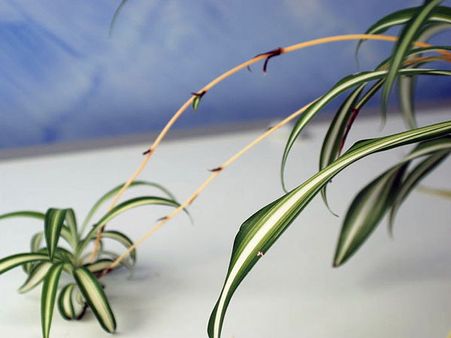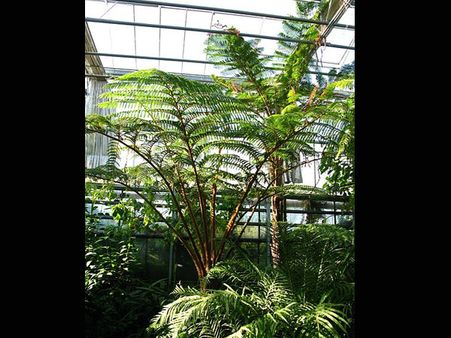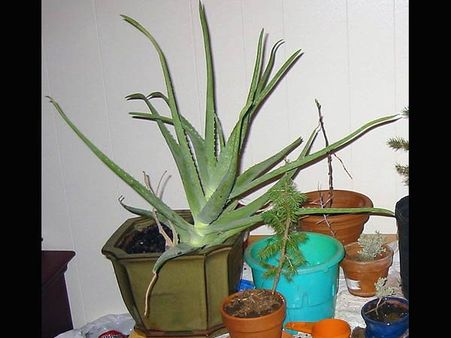Just In
- 15 hrs ago

- 15 hrs ago

- 18 hrs ago

- 19 hrs ago

Don't Miss
- Movies
 Pavi Caretaker Box Office Collection Day 1 Prediction: Dileep's Movie Expected To Open Strongly
Pavi Caretaker Box Office Collection Day 1 Prediction: Dileep's Movie Expected To Open Strongly - Sports
 Who Won Yesterday's IPL Match 41? SRH vs RCB, IPL 2024 on April 25: Royal Challengers Bangalore End Losing Streak
Who Won Yesterday's IPL Match 41? SRH vs RCB, IPL 2024 on April 25: Royal Challengers Bangalore End Losing Streak - Finance
 Bajaj Group Stock Declares Rs. 60/Share Dividend: Buy Ahead of Record Date On 28 June?
Bajaj Group Stock Declares Rs. 60/Share Dividend: Buy Ahead of Record Date On 28 June? - News
 MEA Dismisses US Human Rights Report On Manipur As 'Biased And Misinformed'
MEA Dismisses US Human Rights Report On Manipur As 'Biased And Misinformed' - Automobiles
 Royal Enfield Unveils Revolutionary Rentals & Tours Service: Check Out All Details Here
Royal Enfield Unveils Revolutionary Rentals & Tours Service: Check Out All Details Here - Technology
 Elon Musk’s X Is Launching a TV App Similar to YouTube for Watching Videos
Elon Musk’s X Is Launching a TV App Similar to YouTube for Watching Videos - Education
 AICTE introduces career portal for 3 million students, offering fully-sponsored trip to Silicon Valley
AICTE introduces career portal for 3 million students, offering fully-sponsored trip to Silicon Valley - Travel
 Escape to Kalimpong, Gangtok, and Darjeeling with IRCTC's Tour Package; Check Itinerary
Escape to Kalimpong, Gangtok, and Darjeeling with IRCTC's Tour Package; Check Itinerary
Indoor Plants Which Remove Impurities
We live in a concrete world which is filled with buildings and on going constructions. Due to this problem, plant lovers are opting for indoor gardening.Plants as you know need proper sunlight and water for them to grow in a healthy manner. Indoor gardening needs extra care due to the lack of sunlight. Therefore, we have enlisted 10 indoor plants which you can now keep in your home.
The best characteristic about these indoor plants is that these green plants adsorb impurities in the air present inside the home. Did you know that there are certain types of indoor plants which can actually get rid of bad air? It is a known fact that plants produce oxygen, but this special personality for these enlisted indoor plants will shock you.? WHY AND HOW? These indoor plants which remove impurities in the air present in your home are readily available at any nursery near you.
If you are looking to purchase any of these indoor plants, make sure that they are safe around your pet. There are several indoor plants which can be poisonous to your pet, and cause health ailments to you too. So, be careful before picking up indoor plants.
Lets take a look at some of the best indoor plants which can be used to absorb impurities in the air present in your home.

Spider Plant
This elegant plant is great at removing poisonous gases as well as other impurities like formaldehyde and xylene. To remove impurities in your home, place the plant in the kitchen as this is where carbon monoxide accumulates in a much greater quantity.

Ferns
It is an exotic plant which has gracefully arching fronds and frilly leaves. The Boston ferns are good to remove the impurities in your home by releasing moisture into the air. They also help to remove the nasty air pollutants such as benzene, formaldehyde and xylene, and thus provide clean air.

Ivy
This is one plant which is known for its poisonous leaves. However, the English Ivy is a popular house plant and is best suited for people who are suffering with asthma and allergic conditions.

Areca Palm
This is one of the most sensitive indoor plants which helps to remove impurities in your home. The Areca Palm is best known as a humidifier. This indoor plant should be kept anywhere in the house, especially next to newly varnished furniture or in carpeted areas to remove toxins like formaldehyde and xylene.

Golden Pothos
This indoor plant is also called as the Devil's ivy or silver vine. The golden potho is a highly invasive plant, yet it is very efficient when it comes to removing indoor pollutants such as formaldehyde, benzene and xylene.

Aloe Vera
This is one of the best indoor plants which you may find in almost all homes. Aloe vera is an indoor plant which helps in filtering various gas emissions from dangerously toxic materials.

Chinese Evergreen
This is regarded as an excellent air-purifier plant. The Chinese evergreen is a herbaceous perennial indoor plant which filters out airborne toxins such as benzene and formaldehyde.

Snake Plant
The snake plant is widely used as an ornamental plant. One fascinating thing about this indoor plant is, it has an amazing ability to absorb formaldehyde, nitrogen oxides, and a variety of other chemicals present in the air of your home.

Marginata
One cannot ignore the beauty of the marginata. This indoor plant which removes impurities in your home is a keeper. The plant removes formaldehyde and benzene from the air, and is also capable of filtering out other toxins. However, one should keep in mind that this beautiful indoor plant is poisonous to dogs.

Peace Lilly
One of the best indoor plants which removes the impurities in your home is the peace lilly. This beautiful indoor plant reduces harmful indoor toxins that may cause cancer. The peace lilly is also a great pollution fighter and an air-purifier indoor plant.
-
 home n gardenEver Tried Composting? These Useful Tips Will Get You Started For Sure!
home n gardenEver Tried Composting? These Useful Tips Will Get You Started For Sure! -
 home n gardenMonsoon 2023: 9 Simple Tips And Tricks To Take Care of Your Plants
home n gardenMonsoon 2023: 9 Simple Tips And Tricks To Take Care of Your Plants -
 wellnessCancer: Can Gardening Help Reduce Cancer Risk?
wellnessCancer: Can Gardening Help Reduce Cancer Risk? -
 gardeningGrowing Organic Broccoli At Home In Six Easy Steps
gardeningGrowing Organic Broccoli At Home In Six Easy Steps -
 gardeningHow To Take Care Of House Plants When On Vacation: 5 Expert Tips
gardeningHow To Take Care Of House Plants When On Vacation: 5 Expert Tips -
 gardeningHow To Create A Kitchen Garden: 6 Design Tips From Expert
gardeningHow To Create A Kitchen Garden: 6 Design Tips From Expert -
 gardeningMonsoon Gardening: 8 Best Plants And Vegetables To Grow At Home During The Rains
gardeningMonsoon Gardening: 8 Best Plants And Vegetables To Grow At Home During The Rains -
 gardeningTulsi, Money Plant, Bamboo: 6 Best Indoor Plants For The Home According To Vastu
gardeningTulsi, Money Plant, Bamboo: 6 Best Indoor Plants For The Home According To Vastu -
 gardeningHow To Choose House Plants: 4 Expert Tips
gardeningHow To Choose House Plants: 4 Expert Tips -
 gardeningHome Garden: Expert Tips On Selecting The Right House Plants
gardeningHome Garden: Expert Tips On Selecting The Right House Plants -
 gardeningAloe Vera, Cactus, Moth Orchid - 7 Best House Plants For Winter
gardeningAloe Vera, Cactus, Moth Orchid - 7 Best House Plants For Winter -
 gardening5 Tips On Starting Kitchen Garden In 1 BHK Apartment
gardening5 Tips On Starting Kitchen Garden In 1 BHK Apartment


 Click it and Unblock the Notifications
Click it and Unblock the Notifications



